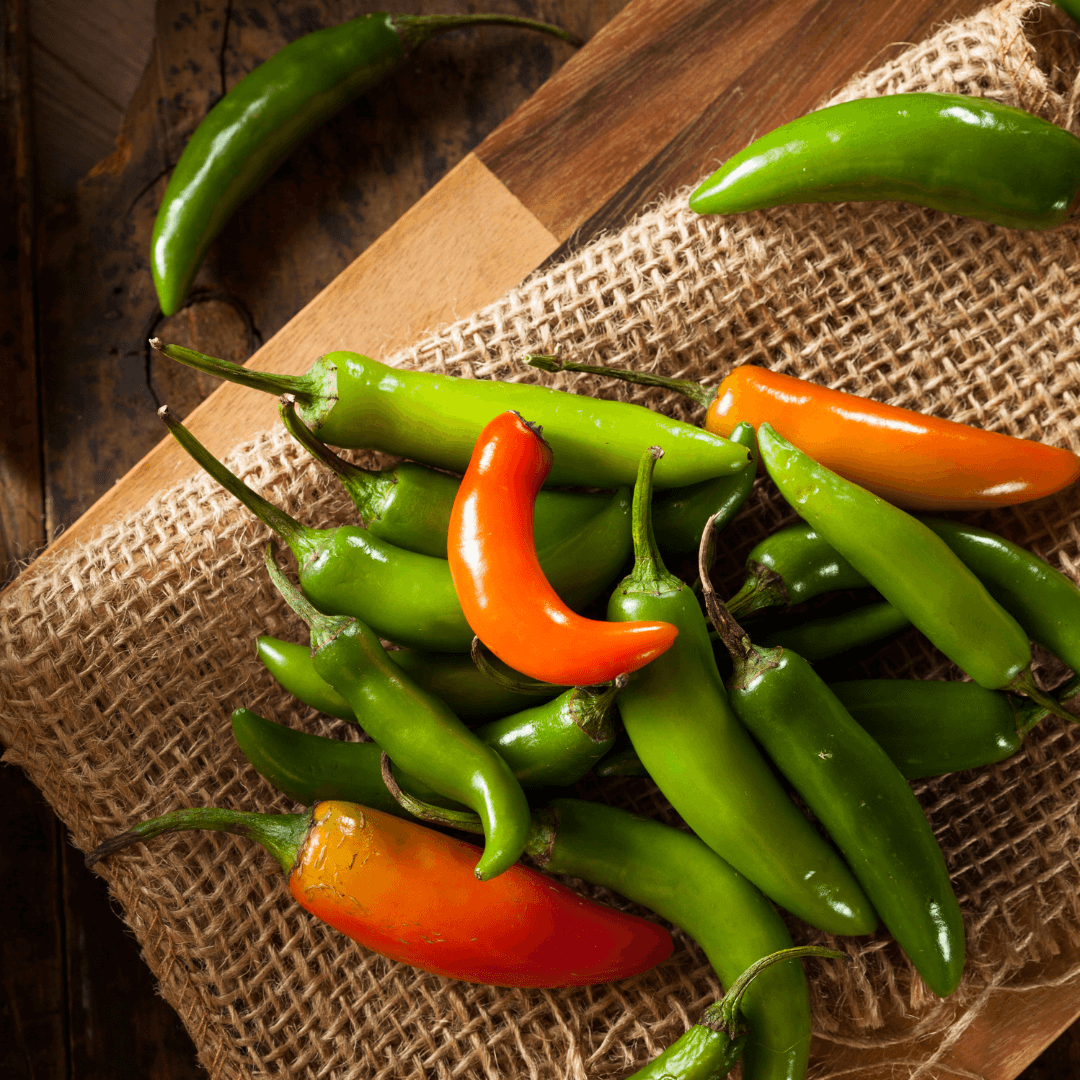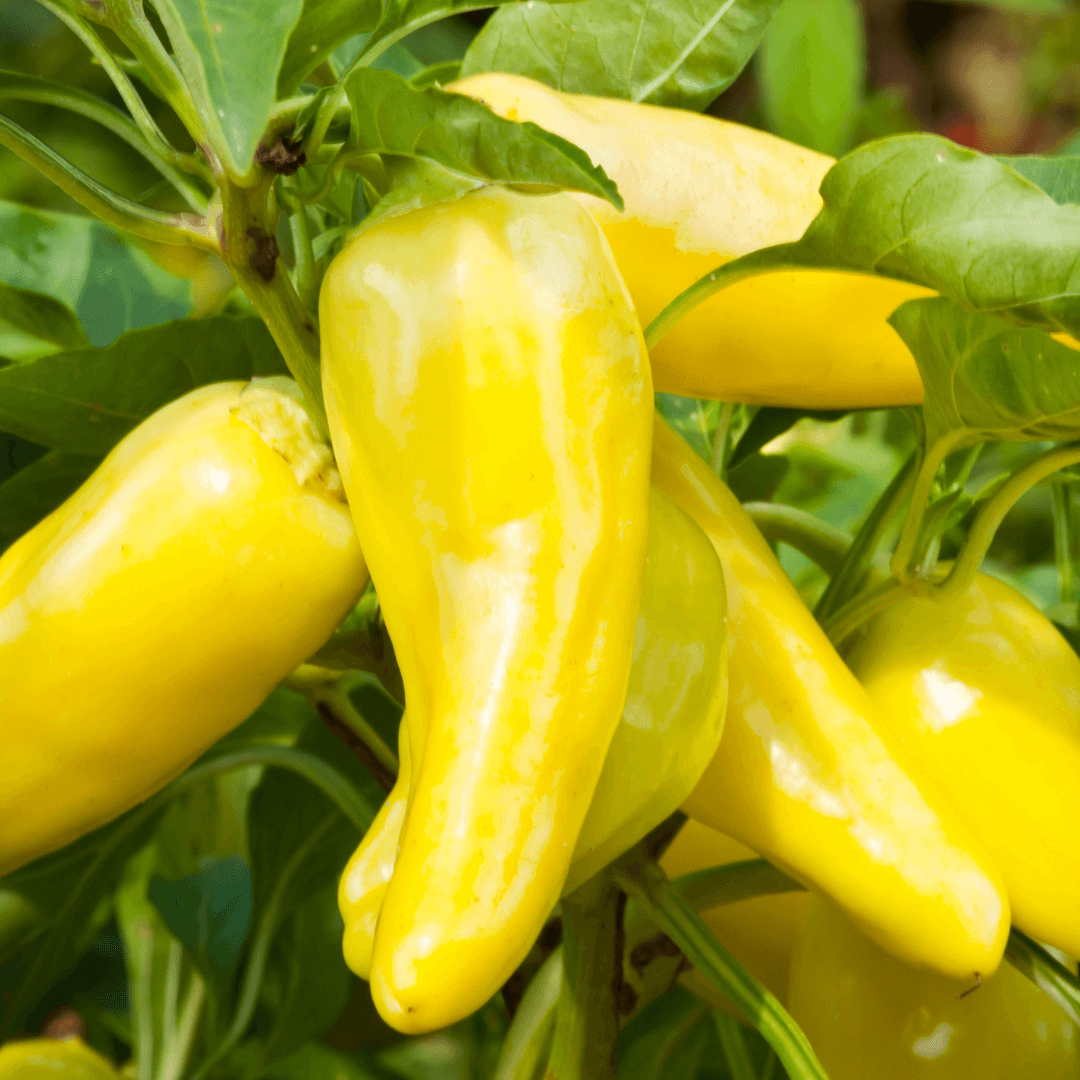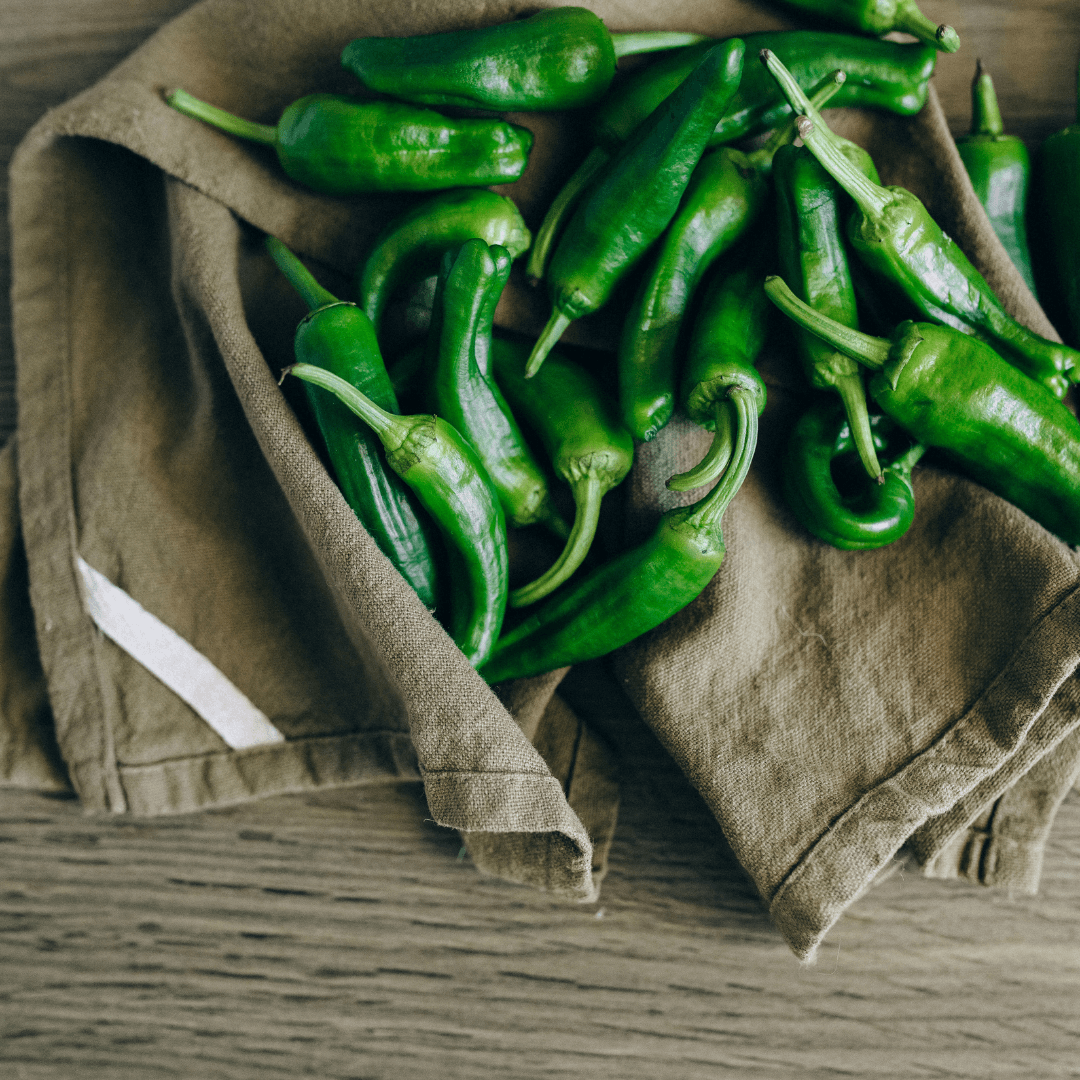Bell peppers are a colorful and flavorful addition to many dishes, from salads to stir-fries. These vibrant vegetables are delicious and packed with vitamins C, A and antioxidants. Bell peppers come in various colors, including red, green, yellow, and orange. Given their importance in the culinary world, it's crucial to understand how bell peppers grow and what factors can affect their growth. One significant aspect to consider is the root system of bell peppers. The roots play an essential role in nutrient uptake and overall plant health. By having a deeper understanding of how deep do bell pepper roots grow, gardeners can ensure that they provide adequate growing conditions for their plants. Furthermore, understanding the root system can help gardeners troubleshoot common issues such as poor growth or pest infestations.
How Deep Do Bell Pepper Roots Grow?
Do you know how deep the roots of a
bell pepper plant can grow?
Bell peppers are a popular vegetable in many households, and understanding their root system is crucial in ensuring their
proper growth and productivity. Like any other plant, Bell pepper roots are essential to plant health and productivity.
Explanation of the Root System of Bell Peppers
Bell pepper plants have two types of roots: primary and secondary. Primary roots are the initial taproots that grow downward from the seed after germination. The primary root anchors the plant to the ground while absorbing water and soil nutrients.
Secondary roots then develop from primary roots forming a fibrous network that extends horizontally into the soil. These secondary or lateral roots absorb water and nutrients for growth, development, and fruit production.
Factors That Affect Root Growth, Such as Soil Type and Moisture Levels
The depth at which
bell pepper plants' root system grows depends on several factors such as soil type, moisture levels, temperature, and planting method, among others. Clay soils tend to have shallower root systems than loamy or sandy soils due to poor aeration that affects root proliferation.
Moisture levels also play an important role - when moisture is limited (such as during drought),
bell peppers tend to develop deeper root systems than usual to access water reserves below ground level. Other factors, such as planting method, can also affect root depth; plants grown from seeds tend to have deeper root systems than those planted from transplants since they seek moisture deeper in the soil where it's less available on topsoil level.
Sweet California Wonder Bell Pepper Seeds

$2.49
Sweet California Wonder Bell Pepper Seeds - Heirloom, Non-GMO, Non-Hybrid, Open-Pollinated Grow your own delicious and vibrant Sweet California Wonder Bell Peppers with our premium heirloom, non-GMO, non-hybrid, open-pollinated seeds! Perfect for home gardeners and pepper enthusiasts, these versatile and… read more
Understanding these factors will help you create optimal growing conditions for bell peppers by ensuring their rooting environment is favorable for healthy development.
The depth of bell pepper roots
Bell peppers are a popular vegetable in many parts of the world and are easy to grow in most climates. Understanding the root depth of bell peppers is essential for cultivating healthy plants that produce a bountiful harvest. The root system of bell peppers consists of two types of roots: primary and lateral roots.
The average depth of bell pepper roots
The average depth of bell pepper roots depends on several factors, such as soil type, moisture levels, and climate. Generally, the primary roots can grow to 23-27" deep, with lateral roots spreading to 11-20" from the main stem. However, these depths may differ based on various factors, such as soil compactness and nutrient level.
It is important to note that the deeper the root system, the more beneficial it is for plant health and productivity. Deep root systems help plants access nutrients from deeper soil layers compared to shallow-rooted plants that can only feed near the surface.
Variations in root depth based on growing conditions and climate
Several variations in root depth based on growing conditions and climate significantly determine how deep bell pepper roots grow. For instance, bell peppers grown in dry regions with little rainfall tend to have longer taproots than those grown in well-watered areas. Moreover, specific types of soils impact how deep bell pepper roots grow - sandy soils allow deeper penetration, while clayey soils restrict it since they are hard-packed together tightly.
Variations also exist between different cultivars; some varieties may have shallower or deeper rooting systems depending on their genetic makeup or breeding history. Considering these factors is crucial when selecting seeds or planting locations for optimal growth yield.
The importance of deep roots for bell peppers
Bell peppers require a lot of nutrients and water to grow and thrive. Deep roots are essential for the plant to absorb enough water and minerals from the soil, especially during drought. Plants may struggle to survive through the hot summer months without deep roots.
In addition to survival, deep roots provide other benefits that can positively impact plant health and productivity. For instance, deep roots can help anchor the plant in the soil, providing added stability in windy conditions or heavy rainfalls.
Additionally, deeper roots allow plants to access nutrients unavailable near the soil's surface. As a result, plants with deeper root systems tend to be healthier and more productive than those with shallower root systems.
Benefits of deep roots for plant health and productivity
Deep-rooted bell pepper plants have a better chance of producing higher yields over time because they are better equipped to absorb what they need from their environment. The additional stability provided by deeper root systems also makes it less likely that wind or heavy rains will knock plants over or cause them stress.
Furthermore, deep-rooted bell pepper plants may be less susceptible to disease than shallow-rooted ones because they can obtain more nutrients from different parts of the soil. This means they will have a stronger immune system against pests such as aphids or spider mites.
How to encourage deeper root growth in bell peppers
You can do many things to encourage your bell pepper plants' roots to grow more deeply into the soil. One easy way is by watering infrequently but deeply so that moisture reaches down into root zones rather than just on top, where it may evaporate quickly due to heat or sunlight exposure.
Another way is by adding compost or other organic materials directly into your garden bed before planting - this will help create a rich environment around your peppers, providing more nutrients for them to access than they would get from just soil alone. Support structures such as trellises or stakes can help keep plants in place and encourage more vigorous root growth.
Pepper Seed Assortment | 8 Variety Pack

$15.95
8 Pepper Seeds Variety Pack – Heirloom, Non-GMO, Open-Pollinated, Non-Hybrid Seeds Elevate your garden with our 8 Pepper Seeds Variety Pack! This premium selection includes a mix of heirloom, open-pollinated, non-hybrid, non-GMO pepper seeds, perfect for beginner and experienced gardeners.… read more
Conclusion
Recap of Key Points
We have learned that the root system of bell peppers is crucial to their health and productivity. The depth of bell pepper roots can vary based on growing conditions, such as soil type and moisture levels.
However, on average, bell pepper roots grow to a depth of 12-18 inches. Encouraging deep root growth in bell peppers is essential since it leads to better soil uptake of nutrients and water.
This subsequently results in healthier plants with better yields. Some ways to promote deeper root growth include proper
watering techniques, adding organic matter to the soil, and avoiding over-fertilization.
Final Thoughts on the Significance of Understanding How Deep Do Bell Pepper Roots Grow
Understanding how deep bell pepper roots grow is essential for any gardener or farmer who wants optimal plant health and productivity. One can realize higher yields and healthier plants by understanding the importance of deep roots in bell peppers and implementing practices that promote deeper root growth. Furthermore, this knowledge can also be applied beyond just bell peppers.
Many other plants have similar root systems that are equally important for their health and productivity. By learning about the root systems of different plants, we can become more informed gardeners or farmers better equipped to cultivate healthy crops.
In short, understanding how deep bell pepper roots grow is just one piece of a larger puzzle regarding successful gardening or farming practices. With this knowledge, we can work towards cultivating healthy crops that taste great and contribute positively to our environment!
 FAQ: How Deep Do Bell Pepper Roots Grow
FAQ: How Deep Do Bell Pepper Roots Grow
How deep do bell pepper roots typically grow?
Bell pepper roots typically grow to a depth of 12 to 18 inches (30 to 45 cm) in well-draining soil. However, they may grow deeper in certain conditions, such as when searching for water or nutrients in looser soils.
What factors affect the depth of bell pepper root growth?
Several factors can influence the depth of bell pepper roots, including soil type, drainage, nutrient availability, moisture levels, and obstacles (such as rocks or compacted soil layers) that limit root growth.
How can I encourage healthy root growth in my bell pepper plants?
To promote healthy root growth, ensure your bell peppers are planted in well-draining, loamy soil with adequate nutrients. Water the plants regularly to maintain consistent soil moisture without overwatering, and avoid compacting the soil around the plants.
How much space should I leave between bell pepper plants?
Spacing bell pepper plants 18 to 24 inches (45 to 60 cm) apart within rows and 24 to 36 inches (60 to 90 cm) between rows will provide enough room for root growth, air circulation, and sunlight penetration.
Do bell pepper plants need support?
While not absolutely necessary, providing support for bell pepper plants can help prevent branches from breaking due to the weight of the fruit. Stake or cage the plants when they're young to help them grow strong and healthy.
Can I grow bell peppers in containers?
Yes, bell peppers can be successfully grown in containers. Choose a container at least 12 inches (30 cm) deep and wide to provide adequate space for root growth. Make sure the container has drainage holes to prevent waterlogging.
What are some common problems with bell pepper root growth?
Common problems with bell pepper root growth include waterlogging (due to poor drainage or overwatering), nutrient deficiencies, pests (such as root-knot nematodes), and diseases (such as Phytophthora root rot).
How can I identify and address root problems in my bell pepper plants?
Monitor your plants closely for signs of stress, such as yellowing leaves, wilting, or stunted growth. If you suspect a root problem, carefully examine the roots for damage or disease, and take appropriate measures to remedy the issue. This may involve improving soil drainage, adjusting watering practices, amending soil with needed nutrients, or applying a suitable pesticide or fungicide.
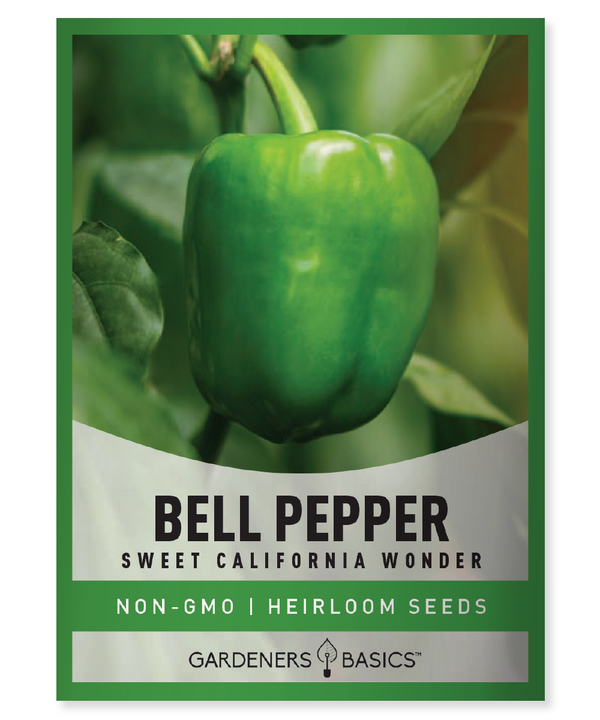
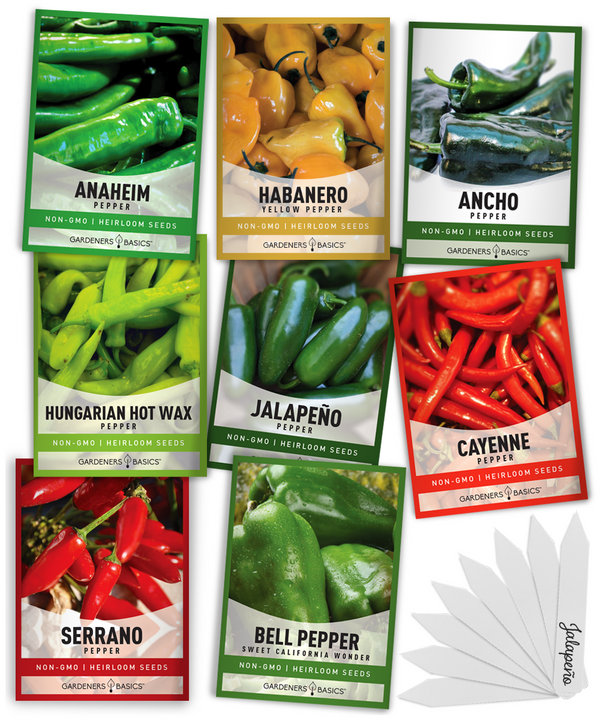
 FAQ: How Deep Do Bell Pepper Roots Grow
FAQ: How Deep Do Bell Pepper Roots Grow


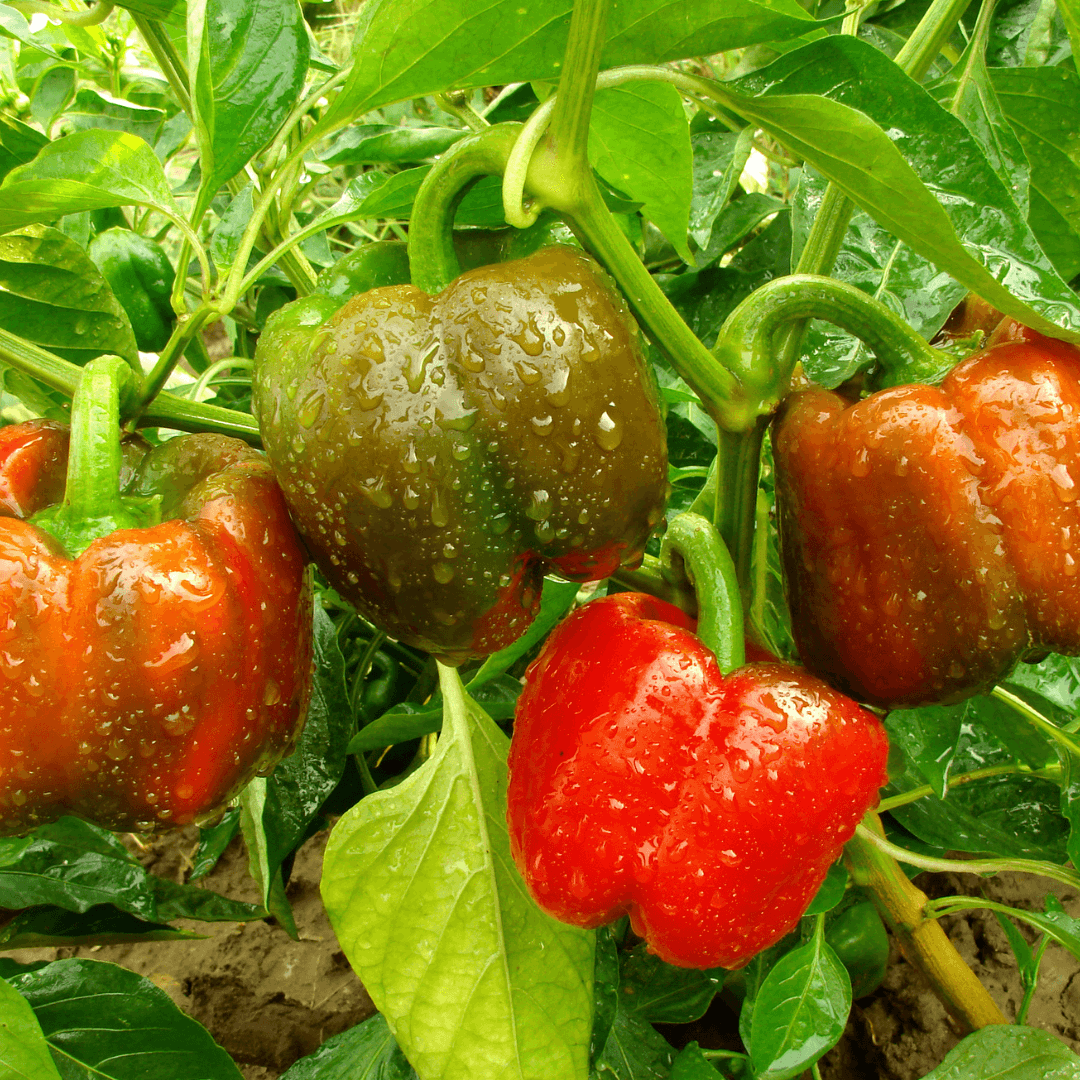

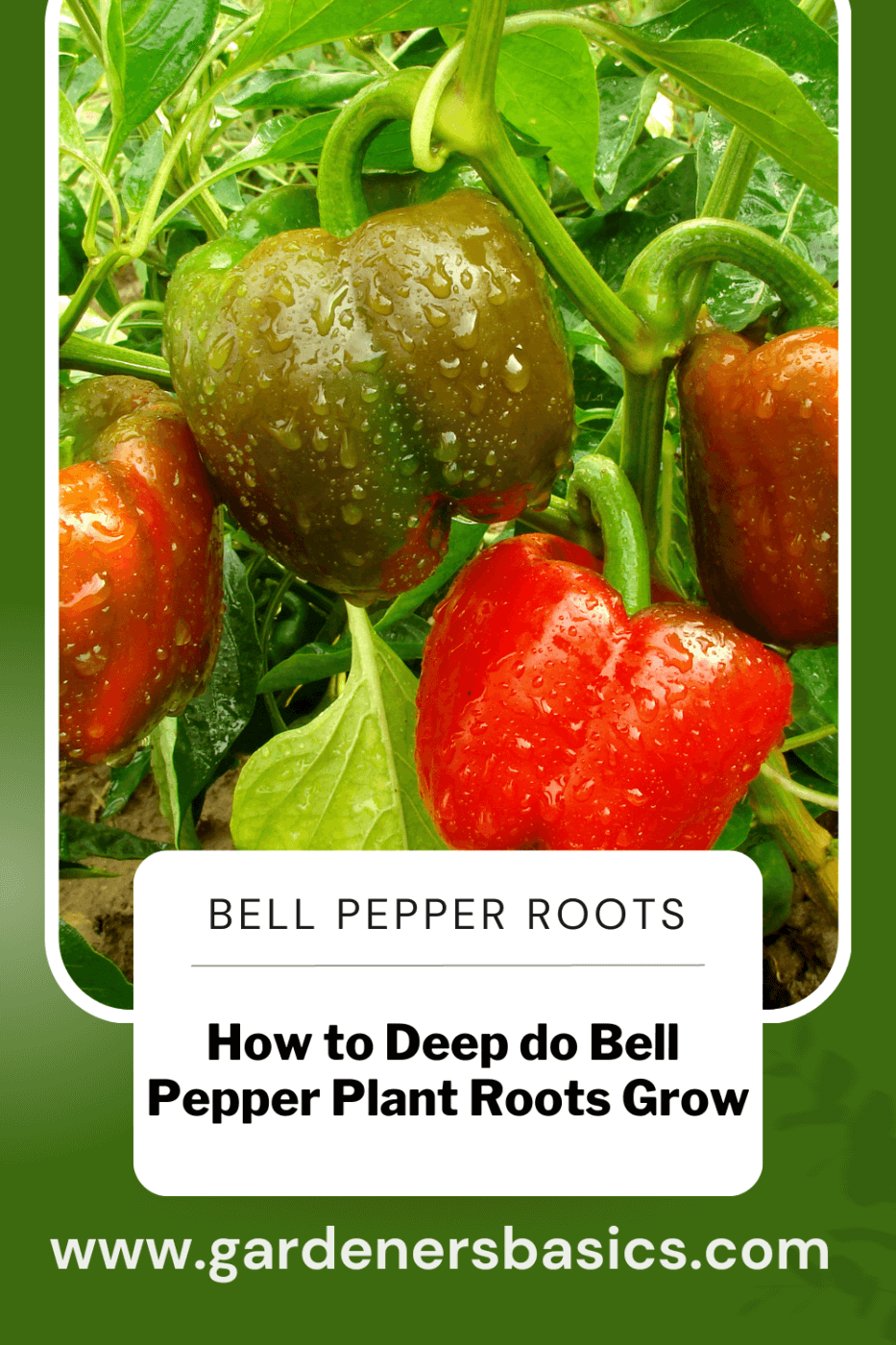 FAQ: How Deep Do Bell Pepper Roots Grow
FAQ: How Deep Do Bell Pepper Roots Grow